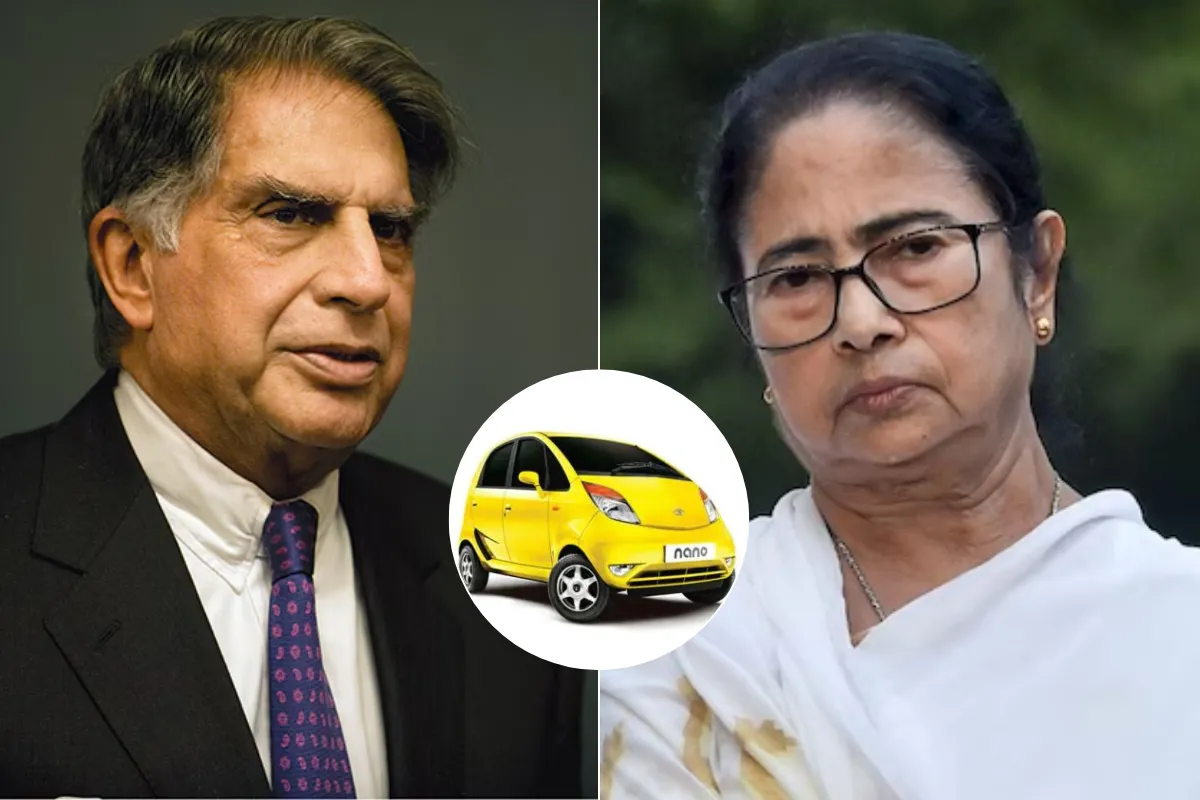Ratan Tata: As India mourns the passing of Ratan Tata, one of its most iconic industrialists, condolences have poured in from leaders and celebrities. Among those expressing grief is West Bengal Chief Minister Mamata Banerjee, who shared heartfelt words about Tata’s immense contributions to the nation. However, behind this moment of tribute lies a complex history that shaped the industrial landscape of West Bengal, particularly tied to the Singur land controversy and the dream of the Tata Nano car.
Mamata Banerjee’s Tribute to Ratan Tata
Taking to X (formerly Twitter), Mamata Banerjee expressed her deep sorrow over the loss of Ratan Tata. She wrote, “Saddened by the demise of Ratan Tata, Chairman Emeritus of Tata Sons. The former Chairman of Tata Group had been a foremost leader of Indian industries and a public-spirited philanthropist. His demise is an irreparable loss to Indian business and society. My condolences to his family and colleagues.”
Her words echo the sentiments of many across India, but it also stirs memories of the time when Ratan Tata’s dream project, the Tata Nano, was intertwined with the political fortunes of West Bengal and the future of its industrialisation.
The Tata Nano and Singur Controversy
Ratan Tata’s vision for the Tata Nano—a revolutionary car designed to be the world’s cheapest—was meant to be a turning point for Indian manufacturing. In 2006, West Bengal’s then Chief Minister, Buddhadeb Bhattacharjee, announced that Tata Motors would set up a plant in Singur, a small town in the Hooghly district. The state government allocated around 1,000 acres of land for the Nano factory, hoping to transform West Bengal into a hub for industry.
However, the announcement sparked widespread protests from local farmers and opposition parties, including Mamata Banerjee’s Trinamool Congress. Many argued that the fertile land was being unfairly taken from farmers. The Singur movement, led by Banerjee, became a symbol of resistance against forced land acquisition.
Mamata Banerjee’s Rise and the Decline of Tata’s Project
In 2007, Mamata Banerjee gained significant political traction through her opposition to the Singur project. She staged a 26-day hunger strike, rallying thousands of supporters. Environmental activists also joined the cause, amplifying the movement’s visibility. Despite the Calcutta High Court upholding the land allocation to Tata Motors, tensions between the state government and protesters only grew.
The situation reached a boiling point in 2008, when Tata Motors, citing ongoing unrest, decided to pull out of Singur. On October 3, 2008, the company announced it would move the Nano plant to Sanand, Gujarat, where then Chief Minister Narendra Modi welcomed the project with open arms.
Could Ratan Tata Have Changed West Bengal’s Industrial Future?
The loss of the Tata Nano project was a major blow to West Bengal’s industrial ambitions. Had the Nano plant been successful, the state could have followed in the footsteps of Gujarat or Maharashtra, regions known for their industrial strength. The economic boost from such a project could have elevated West Bengal’s GDP and provided jobs to thousands.
Mamata Banerjee’s victory in stopping the project helped her secure political power, but the question remains: did West Bengal miss out on an industrial revolution led by Ratan Tata? While Banerjee’s fight was focused on protecting farmers, the relocation of the Nano plant was a significant moment that changed the trajectory of the state’s development.
Keep watching our YouTube Channel ‘DNP INDIA’. Also, please subscribe and follow us on FACEBOOK, INSTAGRAM, and TWITTER.
